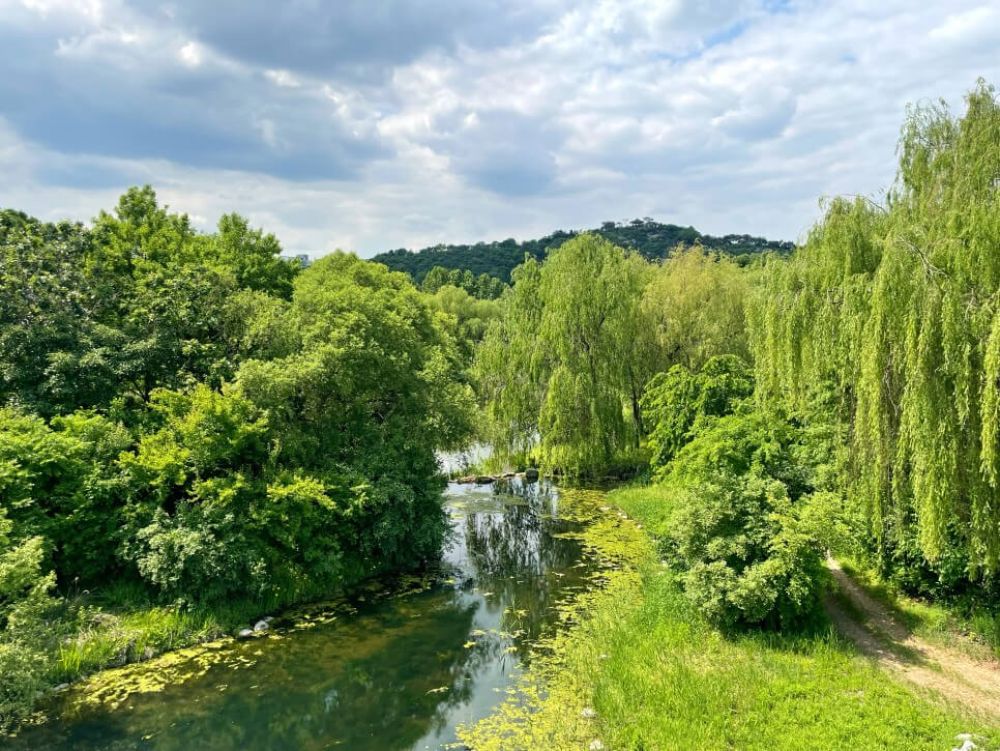

Seoul Forest is a green oasis in the heart of Seoul, South Korea. Established in June 2005, it is a relatively new addition to the city's list of tourist attractions. The forest was created by integrating five distinct parks: Culture and Art Park, Nature Experience Study Field, Ecological Forest, Wetlands Ecological Field, and Han River Waterside Park. Since its inception, Seoul Forest has striven to offer an urban retreat where nature and leisure come together for residents and tourists alike.
The area where Seoul Forest is located was not always a place for relaxation and nature. Historically, the location was a royal hunting ground for the kings of the Joseon Dynasty. Later, it evolved into a military inspection facility under Japanese colonial rule, and subsequently, into a racecourse park, golf course, and a sports park. The metamorphosis into Seoul Forest began in the early 2000s with the intention of providing an ecological space to enhance the quality of life for citizens and to attract international tourists.
As international travel boomed, the popularity of Seoul Forest as a tourism destination grew. The forest is now an integrated urban nature park akin to New York's Central Park or London's Hyde Park. It offers extensive walking trails, picnic spots, eco-friendly playgrounds, and cultural art spaces. The forest's proximity to the Han River and Ttukseom Resort area further contributes to its status as a must-visit location for both local and international tourists.
Tourism at Seoul Forest is not only about leisure but also education and environmental conservation. The forest hosts a variety of educational programs and interactive activities that focus on ecology and sustainable living. These programs are designed to raise environmental awareness among visitors and help them understand the importance of urban green spaces.
Sustainable Tourism: In line with global tourism trends, Seoul Forest's management emphasizes sustainable practices. Efforts include the maintenance of indigenous plant species, responsible waste management, and eco-focused activities that aim to preserve the forest's natural beauty.
Health and Wellness: With people increasingly seeking health and wellness balancing in travel, Seoul Forest offers a serene environment for meditation, exercise, and connecting with nature. Jogging paths, bicycling, and public yoga sessions are common activities within the park.
Community Events: Seoul Forest has become a hub for community and cultural events, drawing in visitors for outdoor concerts, art installations, and festivals. These events further solidify the forest's role in the city's tourism landscape.
Smart Tourist Services: Taking advantage of technology, Seoul Forest has integrated smart tourist services such as QR codes for plant and animal identification, augmented reality (AR) experiences, and a mobile app for navigation. This modern approach caters to the tech-savvy traveler and enhances the visitor experience.
As tourism continues to evolve in Seoul, Seoul Forest remains a testament to the city's commitment to preserving green spaces and promoting environmentally-conscious tourism. It stands as both an urban escape and a symbol of Seoul's dynamic blend of history, culture, and modernity, welcoming tourists from across the globe.